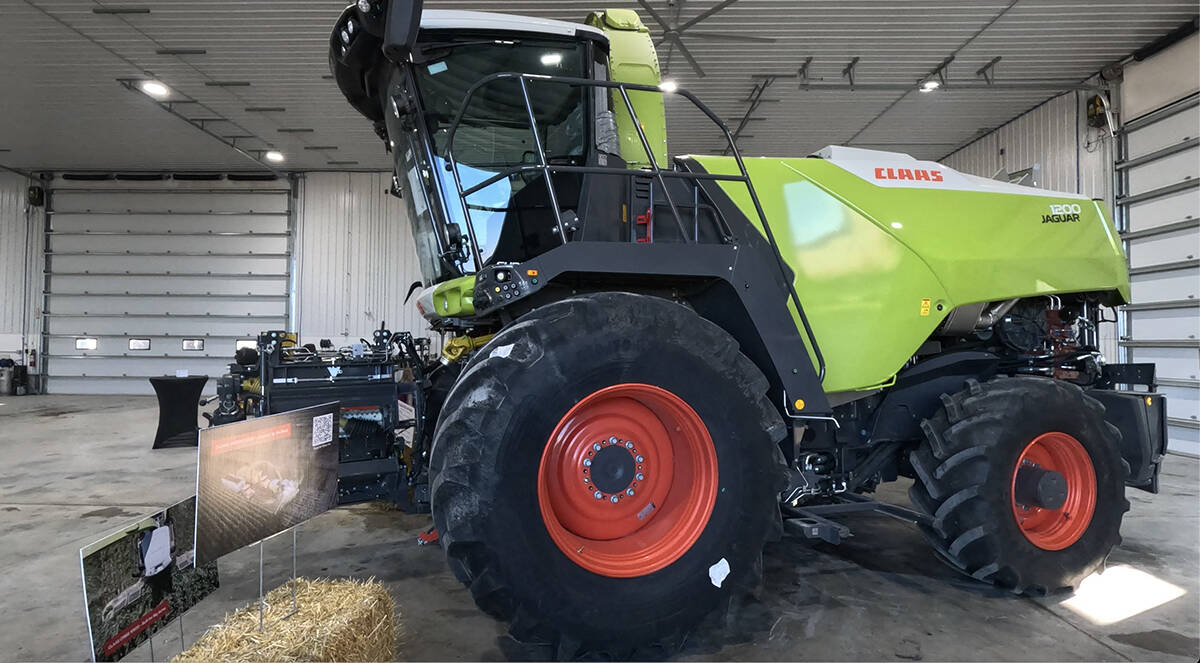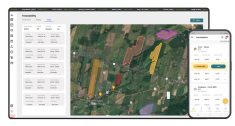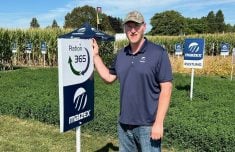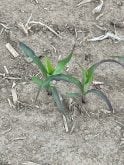An international team of agronomists is calling for a new approach to estimate crop yield potential and gaps — information that is critical in planning how to meet growing food demand.
“We are in a race to feed the world and to try to feed the population with the available agricultural land that we have,” said Patricio Grassini, Sunkist Distinguished professor of Agronomy at the University of Nebraska-Lincoln and one of the research agronomists.
To do so requires estimates that predict both yield potential, as determined by weather and soil properties, and yield gaps, which is the difference between yield potential and current farm yields, which indicates the room that exists to increase food production on existing cropland. Those estimates are essential in making investments in agricultural research and development, both from public and private sources.
Read Also

Claas brings 1000 Series SP forage harvesters to Canada
In mid-August, Claas unveiled its new line of Jaguar forage harvesters at an event in Visalia, California, deep in the heart of that state’s dairy region.
At issue is how best to compile those estimates.
The statistical methods widely used to calculate these estimates are being called into question. In the United States, for example, current statistical models tend to rely too heavily on best-case scenarios — the most productive counties with the most fertile soils in a year with the most favourable weather, Grassini said. The methods also extrapolate a single yield potential across large regions with a wide diversity of climates and soils that likely would produce a similarly wide range in yield potential.
But in other parts of the world, such as Africa, these models might underestimate crop yield. There, farmers may have limited access to inputs compared to producers in other areas, thus attaining yields far below what the climate can support.
This statistical approach also leads to conflicting results, with production potential estimates almost doubling from one method to another. Grassini said this approach — driven mostly by geographers and statisticians, not agronomists — has been largely accepted, and more rigorous analysis is needed.
In a new study, the agronomy researchers compared estimates of yield potential and yield gaps of major U.S. rainfed crops — corn, soybeans and wheat — derived from four statistical models against those derived from a “bottom-up” spatial scaling approach based on robust crop modelling and local weather and soil data, such as the Global Yield Gap and Water Productivity Atlas developed at Nebraska.
Process-based crop models used in this study have been rigorously validated for their capacity to estimate yield potential based on experimental data from well-managed crops grown across a wide range of environments. This bottom-up approach, which better incorporates long-term data and regional variations, is clearly superior, the team found.
The approach recommended by the team should better capture yield gaps, which “can help identify regions with largest room to increase crop production, which, in turn provides a basis to orient agricultural research and development programs.”
“This is a call to set the record straight because if we are going to use this information to inform policy and our investments, we better make sure that the information is sound and has been validated,” Grassini said.














